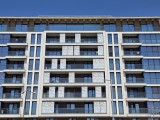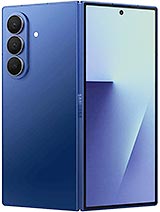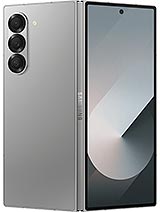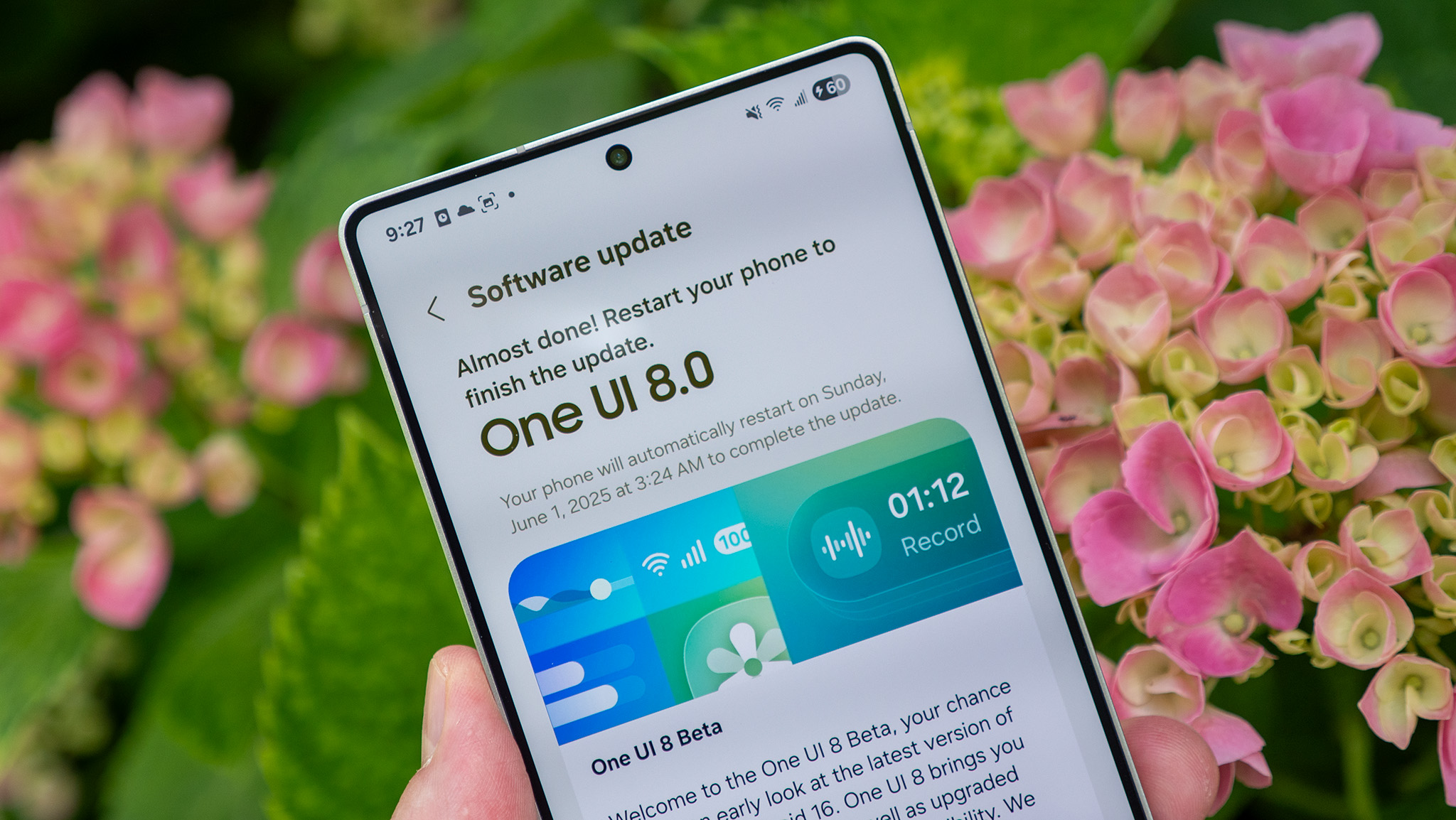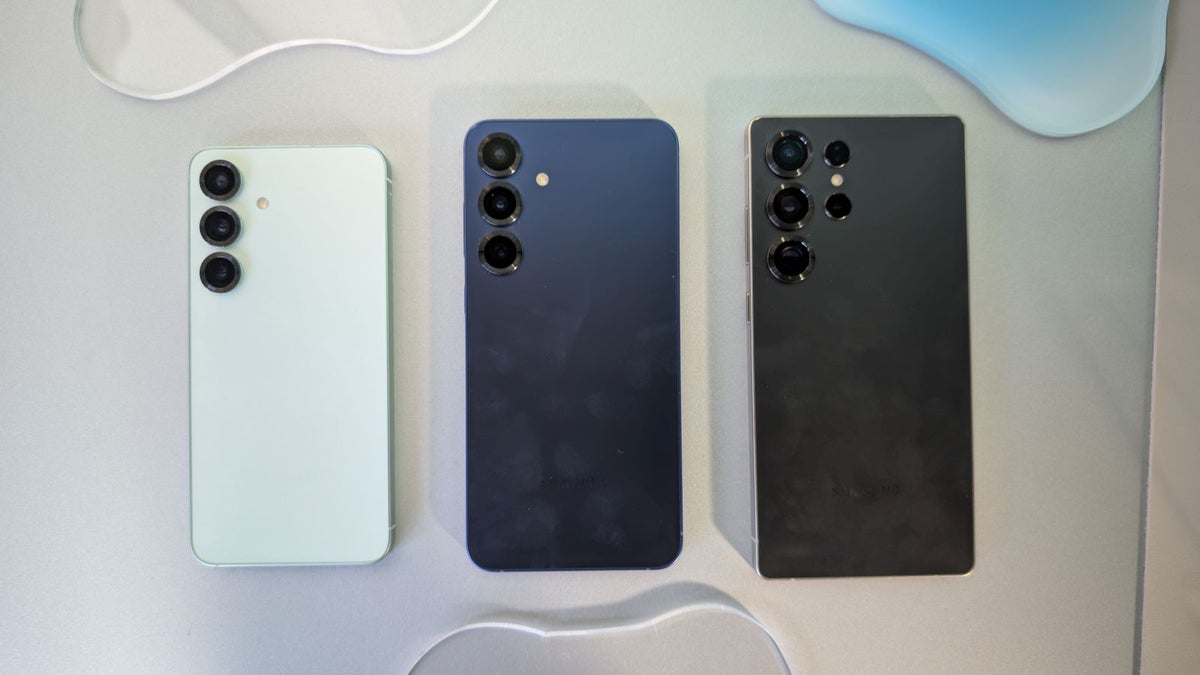It’s either time for an upgrade or it’s about time to try out the foldable life in general. Either way, this year’s Samsung Galaxy Z Fold7 looks like a promising next step, but the steep price tag might make you think twice and consider the Samsung Galaxy Z Fold6 instead.
The new Z Fold7 is a few hundred bucks more expensive in some regions, which is a substantial amount. Yet, it’s the biggest generational upgrade that the Z Fold lineup has had in recent years. It offers a more refined, lightweight and compact design, better performance, larger screens and an upgraded camera setup.
On the other hand, the Z Fold6 is quite cheaper (in most markets) and the fact that Samsung is offering extended software support that keeps its devices relevant for years helps its case as well. It also has the benefit of offering S Pen support, which Samsung has decided to omit on the new model.
It will be a heated fight in the arena between these two, so let’s get on with it.
Table of Contents:
For starters, you can compare the complete specs sheets or directly continue with our editor’s assessment in the following text.
Size comparison
One of the most significant upgrades with this year’s Galaxy Z Fold7 is the more refined design. It’s now on par with the competition in terms of weight and portability, which in turn means it’s a substantial upgrade over the Z Fold6.
The newer Fold is about 24 grams lighter than its predecessor and is 3.2mm thinner. That may not sound much, but the difference in the real world is night and day. The Z Fold7 now weighs and is just as thin as some flagships with a conventional form factor. It feels like a totally different phone compared to the Z Fold6.
On the other hand, last year’s Z Fold is narrower and shorter, but with smaller inner and outer screens.
Display comparison
We already touched upon display size in the previous section. The only real-world difference between the two foldables is the screen diagonal and aspect ratio. The newer Z Fold offers considerably bigger inner screen and a slightly larger outer one. Additionally, the aspect ratio on the outer screen looks more natural as it’s closer to a standard smartphone.
We also found a small difference in the brightness. It turns out that the Galaxy Z Fold6’s both displays are roughly 200 nits brighter (~1,400 nits vs. 1,600 nits), but you shouldn’t make any decisions based on this metric alone. The 200 nits gap is negligible in the real world, as the Z Fold7’s 1,400 nits are perfectly fine even outside on a bright sunny day.
It’s also important to note that the Galaxy Z Fold7 no longer supports S Pen input, unlike the Z Fold6, where you could get a case that holsters a stylus so you always have it handy.
Battery life
Despite the thinner chassis, the Galaxy Z Fold7 retains the 4,400 mAh battery from its predecessor. However, the change in the screen diagonal and chipset has resulted in slightly different battery endurance in some of our testing scenarios.
Likely due to the larger screens, the Z Fold7 scores worse in the web browsing test, but considerably better in the 4G call and gaming scenarios, probably owing to the more efficient chipset.
All in all, the difference in the overall Active Use Score is rather negligible and you are unlikely to see a noticeable real-world difference between the two.
Charging speed
Both handsets support up to 25W fast charging using Samsung’s PPS-enabled Power Delivery chargers, and given the identical batteries, it’s no surprise that there’s no difference in the charging times. Both devices can charge from 0 to 100% in less than an hour and a half.
Speaker test
The Galaxy Z Fold7 speakers feel like a downgrade over the previous generation. They are quieter, likely due to the smaller speaker cavity, and also sound flatter. We like the Z Fold6’s more pronounced mids and clear vocals too.
Performance
As is usually the case, the newest Galaxy phone sports the newest flagship chipset on the market, so it’s no surprise to see the Galaxy Z Fold7 featuring a more powerful SoC than its predecessor. But this time around, the performance difference is quite significant.
The generational leap from the Snapdragon 8 Gen 3 to the Snapdragon 8 Elite is not trivial. The latter offers considerably higher performance and better efficiency.
There’s hardly any change in the memory department, though. Both devices offer the same base storage and memory. However, the 1TB Z Fold7 version sports 16GB of RAM, as opposed to the 1TB/12GB top Z Fold6 configuration.
Benchmark performance
As expected, the Z Fold7 shows superior performance over the Z Fold6. The newer foldable outperforms the Snapdragon 8 Gen 3-powered Z Fold6 by 34% in pure CPU benchmark tests and by 33% in GPU-heavy workloads. As for the combined AnTuTu test, it shows about a 29% difference.
As we said, the performance gap is not trivial.
Camera comparison
The new Galaxy Z Fold7 replaces the older 50MP main sensor with a bigger 200MP one with much better capabilities. The Z Fold7 now uses the same main camera as the Galaxy S25 Ultra. Going by some previous comparison we’ve done in the past, we don’t expect a big difference in image quality when comparing photos from the two devices’ main cameras despite what the sensor resolution might suggest. The thing is, the output of these sensors is binned down to 12MP with both phones so it would be hard to track down any noticeable change in resolved detail. Noise, on the other hand, could be better on the photos by the higher-res sensor, and dynamic range potentially too.
The Z Fold7 replaces the 4MP under-display selfie cam on the inside with a much better 10MP punch-hole one. It’s the same sensor used on the outer screen punch-hole camera, but with an ultrawide lens. This allows you to fit more into the frame.
Another difference brought about by the new model is that the ultrawide camera has gained autofocus capabilities, allowing sharp close-up macro stills.
The rest of the camera hardware remains the same between the two phones – a 10MP 3x telephoto camera and a 10MP outer screen selfie.
The camera samples below have been taken a year apart, at the time when the two corresponding reviews were prepared.
Image quality
As expected, there is hardly any difference between the two main cameras. If we had to pick one, it’s surprisingly the Fold 6’s photos that appear sharper, though not consistently so in every shot.

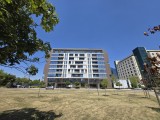
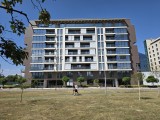
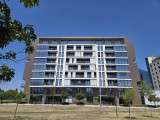




Z Fold7 vs. Z Fold6: 0.6x • 1x
The 3x zoom camera on the Z Fold 7 has slightly better definition and better contrast.
In low-light scenarios, the Z Fold 7’s 200MP main camera consistently produces photos with smoother presentation of the highlights, but that’s about it. There is no benefit in noise because the Z Fold’s shots are already clean as they are.
After dark, the 3x zoom camera has a much cleaner output without any noise.
At night, the Z Fold7’s ultrawide is not as sharp but it’s much cleaner with absolutely no noise which is a bit of a glaring issue with the Fold 6’s ultrawide so we’d take the Fold7’s any day.












Z Fold7 vs. Z Fold6: Z Fold7 0.6x • 1x • 2x • 3x
The internal selfie camera has seen a significant quality boost, bringing more detail, better sharpness and wider dynamic range compared to the 4MP under-display unit on the Z Fold6.




Inner cam selfies: Z Fold7 • Z Fold6
Video quality
During the day, the two phones produce similar 4K video quality out of its main camera. The two devices seem to produce comparable videos at night as well.








4K video screengrabs: 0.6x • 1x • 2x • 3x
The rest of the cameras produce near-identical videos, which was to be expected.






4K video screengrabs: 0.6x • 1x • 3x
Verdict
If you reside in the US, going for the Galaxy Z Fold7 is a no-brainer, considering the negligible $100 price gap between the two. The Z Fold7 offers a more refined, lightweight design, larger screens with nicer aspect ratios, a more powerful chipset and a more refined camera experience. The slightly downgraded speakers aren’t enough to tip the scales in the Fold6’s favor. Unless you are dead-set on having an S Pen, in which case the Z Fold6 is your only choice.
In Europe and other markets, the price difference is hard to ignore. The price difference ranges anything between €500 and €600, which would make you think twice before buying the newer model. Sure, the improvements are aplenty, but even if you don’t care about the omitted stylus, it depends on how important raw performance, design and camera experience are to you.
- The larger screens with nicer aspect ratios.
- The thinner and lighter design.
- The considerably more powerful chipset.
- The small camera improvements.
Get the Samsung Galaxy Z Fold7 for:
Source link

